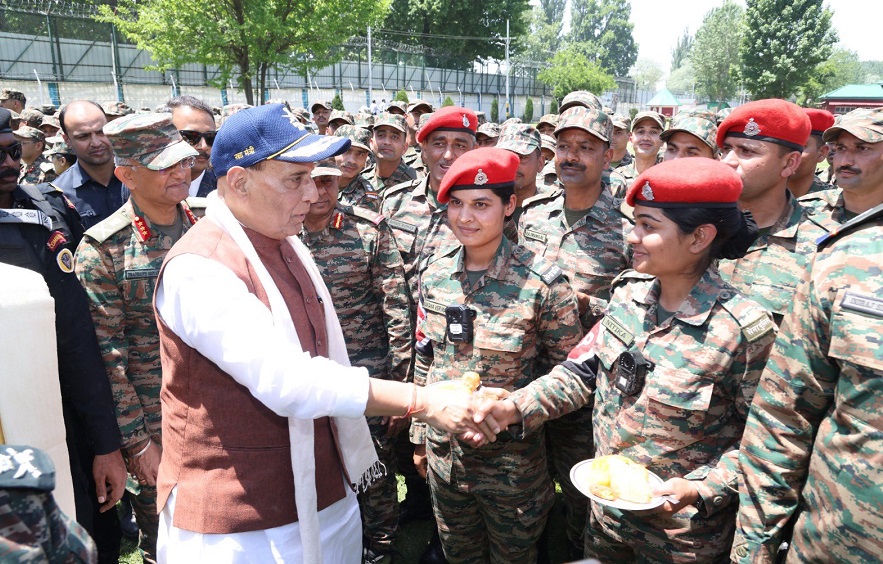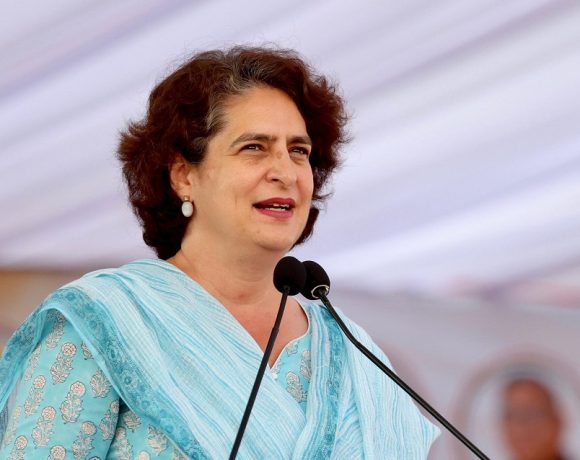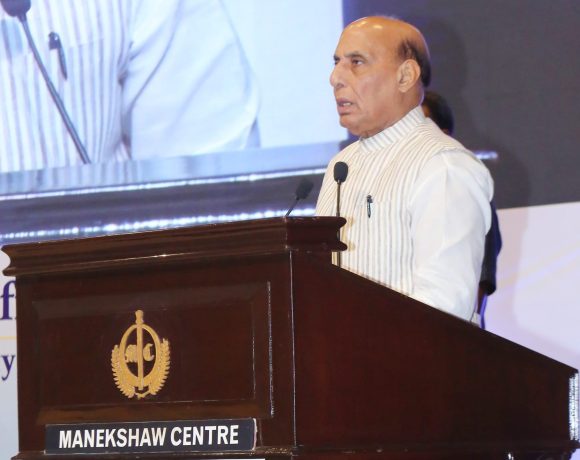
Rajnath Singh Empowers CDS to Issue Joint Orders to Armed Forces
In a transformative development for India’s military structure, Defence Minister Rajnath Singh has officially authorised the Chief of Defence Staff (CDS) to issue joint operational orders to the Indian Army, Navy, and Air Force. This move reinforces the government’s commitment to integrated warfare readiness and streamlining military command under a unified leadership.
CDS Granted Legal Command Authority
With this directive, the CDS is now legally empowered to issue binding orders across all three branches of the armed forces. Until now, the CDS’s role had been largely advisory, with operational authority still distributed among the individual service chiefs. This new mandate gives the CDS control to execute joint operations, conduct tri-service planning, and coordinate responses to multi-domain threats with greater efficiency.
Enhancing Jointness and Operational Readiness
The objective behind this reform is to foster deeper jointness in India’s military functioning. This includes better integration in training exercises, logistics, intelligence sharing, cyber operations, and real-time strategic planning. By reducing delays that previously arose due to fragmented command channels, the armed forces can now act with greater speed and cohesion—critical in high-pressure conflict scenarios or natural disaster responses.
The development also paves the way for advancing the theatre command model. The CDS is expected to lead the implementation of integrated theatre commands in the future, which would group military assets based on geographic zones rather than service-specific boundaries.
Strategic Impact and Next Steps
This decision brings India closer to global best practices followed by modern military powers, where joint command structures are standard. Moving forward, the service headquarters will begin reorganising their internal command and communication flows to align with the CDS-led structure. Military drills and joint operations in the coming months will serve as testbeds for the new authority.
Legal and procedural frameworks will also be fine-tuned to formally codify this change within India’s defence doctrine. Additionally, this shift is likely to influence future strategic planning, including procurement, capability development, and resource optimisation.


















